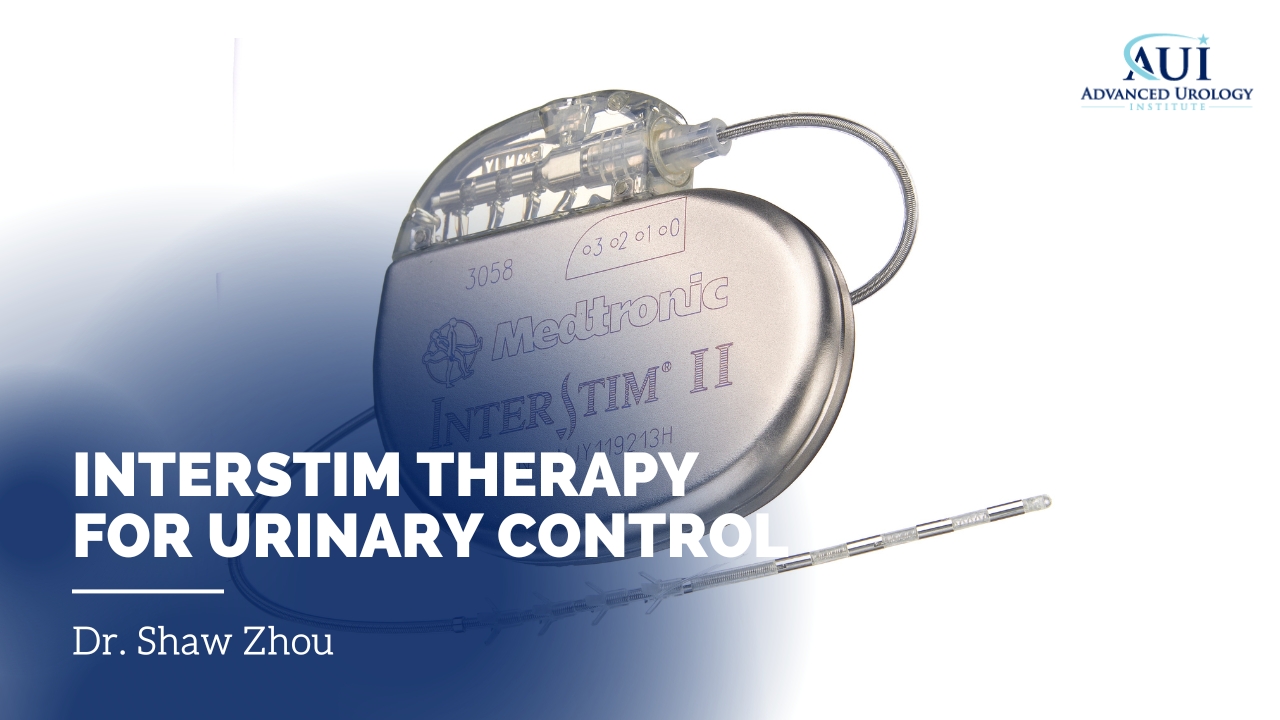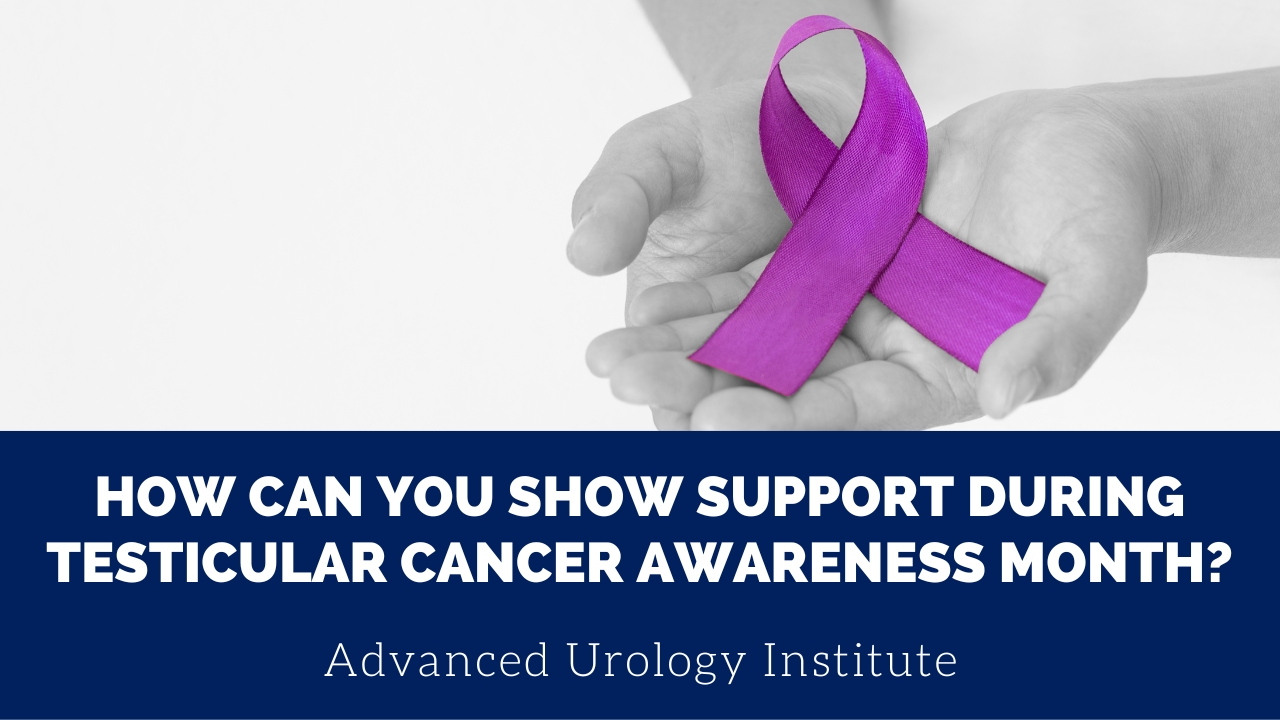KEY TAKEAWAYS:
- Dr. Shaw Zhou is a leading urologist in St. Petersburg, FL, specializing in InterStim Therapy for urinary control.
- InterStim Therapy has evolved over the years, becoming smaller and more refined, making it an increasingly effective treatment option for urinary incontinence and urinary retention.
- Dr. Zhou’s innovative high-frequency programming technique has the potential to revolutionize InterStim Therapy, reducing the need for medication and offering a sustainable, effective solution for urinary control.
InterStim Therapy is a proven and innovative treatment for urinary retention and urinary incontinence. Dr. Shaw W. Zhou, MD, FACS, a leading urologist in St. Petersburg, FL, has been working with this technology for over 17 years. In this article, we will explore Dr. Zhou’s approach to InterStim Therapy, how the device has evolved over the years, and the future prospects of this treatment for urinary control.
InterStim Therapy Explained
InterStim Therapy is a minimally invasive treatment that utilizes a small device to stimulate sacral nerves. This FDA-approved therapy is designed to help patients who suffer from urinary retention or urinary incontinence. Dr. Shaw Zhou, a urologist at the Advanced Urology Institute, has witnessed firsthand the evolution of this technology and has participated in clinical trials to further advance its effectiveness.
The Evolution of InterStim Therapy
Over the past 17 years, Dr. Zhou has observed the continuous advancement of InterStim Therapy devices. In the beginning, the devices were bulky and less user-friendly. However, they have since become smaller and more refined, similar to the progression of cell phones from earlier models to the current iPhone series.
Innovative High-Frequency Programming
Recently, Dr. Zhou has been working on a new high-frequency programming technique that allows the device to stimulate sacral nerves at an astounding rate of 10,000 times per minute. This new approach is currently being tested in clinical trials, and the results so far have been extremely encouraging.
The Future of InterStim Therapy for Urinary Incontinence
Dr. Zhou is confident that InterStim Therapy will be the future for treating urinary incontinence. He believes that as the technology continues to advance, patients will no longer need to rely on medication for their urinary control issues. This groundbreaking therapy offers a more sustainable and effective solution that has the potential to significantly improve the quality of life for countless individuals.
Advanced Urology Institute
The Advanced Urology Institute is the largest urology practice in Florida, offering state-of-the-art treatments and cutting-edge technology to address a wide range of urological concerns. With a team of experienced and dedicated professionals, the Institute is committed to providing the highest quality of care for their patients. For those considering InterStim Therapy, the Advanced Urology Institute is an excellent choice for leading expertise and innovative solutions in the field of urology.
TRANSCRIPTION:
My name is Shaw Zhou. I’m with the Advanced Urology Institute. Interesting is with a device
we put in to stimulate sacral nerves so it works FDA-proof for either urinary retention
or urinary incontinence. It’s extremely amazing, this device. Just like other technology. Now
we can have a new program we’re doing with high frequency. We can stimulate 10,000 times
a minute. We’re doing a clinical trial. So far results are very encouraging. I’ve been
doing this for 17 years but the device keeps on advancing. Just like your cell phone. You
got iPhone 10 now. You know what I’m saying? So you got when I start doing a big bulky
device now become a smaller, smaller. We provide numerous programs. We have higher frequency. So it’s extremely encouraging. I think it will be the future for the urinary incontinence because that way you don’t need to take medication no more.
REFERENCES:
- “InterStim Therapy for Bladder Control – SSM Health.” https://www.ssmhealth.com/conditions-treatments/urology/interstim-therapy-for-bladder-control-problems.
- “InterStim Implants for Urinary or Bowel Incontinence.” https://myconfidentlife.com/treatment-options/interstim.
- “Sacral Neuromodulation | Medtronic.” https://www.medtronic.com/us-en/healthcare-professionals/therapies-procedures/urology/sacral-neuromodulation.html.



